How to choose tablets for kids: what to consider before buying a device for a child
From longevity to parental controls, these are the things to keep in mind...
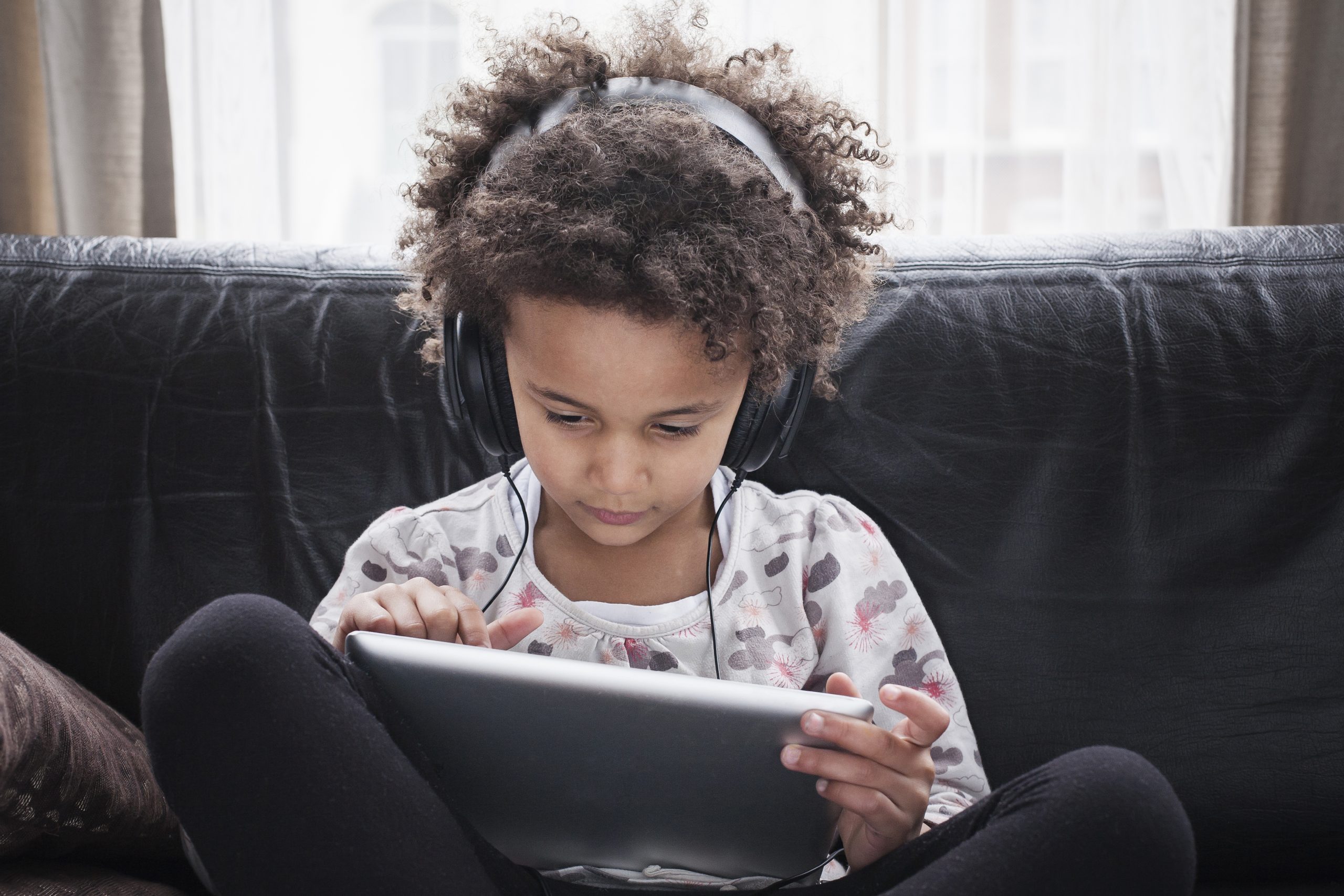

Whether you have toddlers, younger kids or teens, a tablet can be a great option for entertaining children but also can be used as an educational resource.
Working out how to choose a kids tablet is quite the challenge, especially if you don’t think of yourself as very techy. If you don’t know your HDMI output from your SD card reader, it can feel impossible to know how to choose the best kids tablet. But don’t fret; we’ve put together this handy buying guide to help you choose the best tablet for your child. Here are a few other things to consider before you settle on the right tablet for your child.
First of all, let's consider the basics - what exactly is a tablet? You might feel silly asking this, but it’s not a daft question. For those of us who aren’t very tech-savvy, it can be confusing trying to understand the difference between a tablet, a laptop and a smartphone. In a nutshell, a tablet is a small portable computer. It’s different from a phone because you can’t usually make or receive calls on a tablet, and it’s distinct from a laptop because it doesn’t have a keyboard. You can use a tablet to access the internet, watch video content, send and receive emails, and download apps.
And, what about apps? The word is an abbreviation of ‘application’, and an app is simply a computer application or programme that you can download from the app store and run on your tablet or on a smartphone. Apps aren’t just about entertainment – there are millions of brilliant educational apps that can support your child’s learning and development.
What is the best tablet to buy for a child?
It’s impossible to answer that because what’s best for one child might not suit another. Investing in an iPad might make sense if you already have Apple devices in the house and want to buy a tablet that you can also use once your little one goes to bed. On the other hand, the Fire HD 8 Kids Edition tablet is a brilliant child-friendly tablet, perfectly designed for use by little hands, and it comes with a year’s subscription to Fire for Kids Unlimited, which contains thousands of content titles for children aged from three to 12 years old.
For more recommendations, take a look at our round-up of the best tablets for kids.
What’s the right age to give a child a tablet?
It’s a controversial question. You’ll find people who’ll say kids should be discouraged from indulging in screen time for as long as possible, and others who’ll happily hand a tablet to a toddler. One thing’s for sure, today’s youngsters are digital natives and tech will be a part of their daily lives. There’s no official ‘right’ age to give a child a tablet, but whenever you choose to do so, it’s never too soon to speak to your child about staying safe online and using screen time sensibly.
Can you buy water-resistant tablets for kids?
Young children are clumsy. Things get dropped, bumped and split – not to mention all the stickiness. Many tablets are built with this in mind, and numerous ones on the market actually come with colourful protective cases. Better yet, if you buy a kids' tablet from Amazon Fire range - the retailer will replace it for free within a two-year guarantee. And, this includes cover for accidentally smashing the screen.
Tech consultant Damien O’Shea from GearHungry explains it's important to consider how water resistant a kids' tablet will be. He says: 'When purchasing a tablet, always ensure that it is water-resistant or at the very least, purchase a case that resists water. Initially, you may think that you will never allow your child to wander around with the device near water. However, when the novelty of the product has worn off for you and the child, it will happen. Spillages are inevitable, especially if you are using it as a distraction in a restaurant. This leads to my next point – think about your house insurance. Accidental breakage cover is an excellent option for people who are beginning to purchase costly items for themselves and minors.
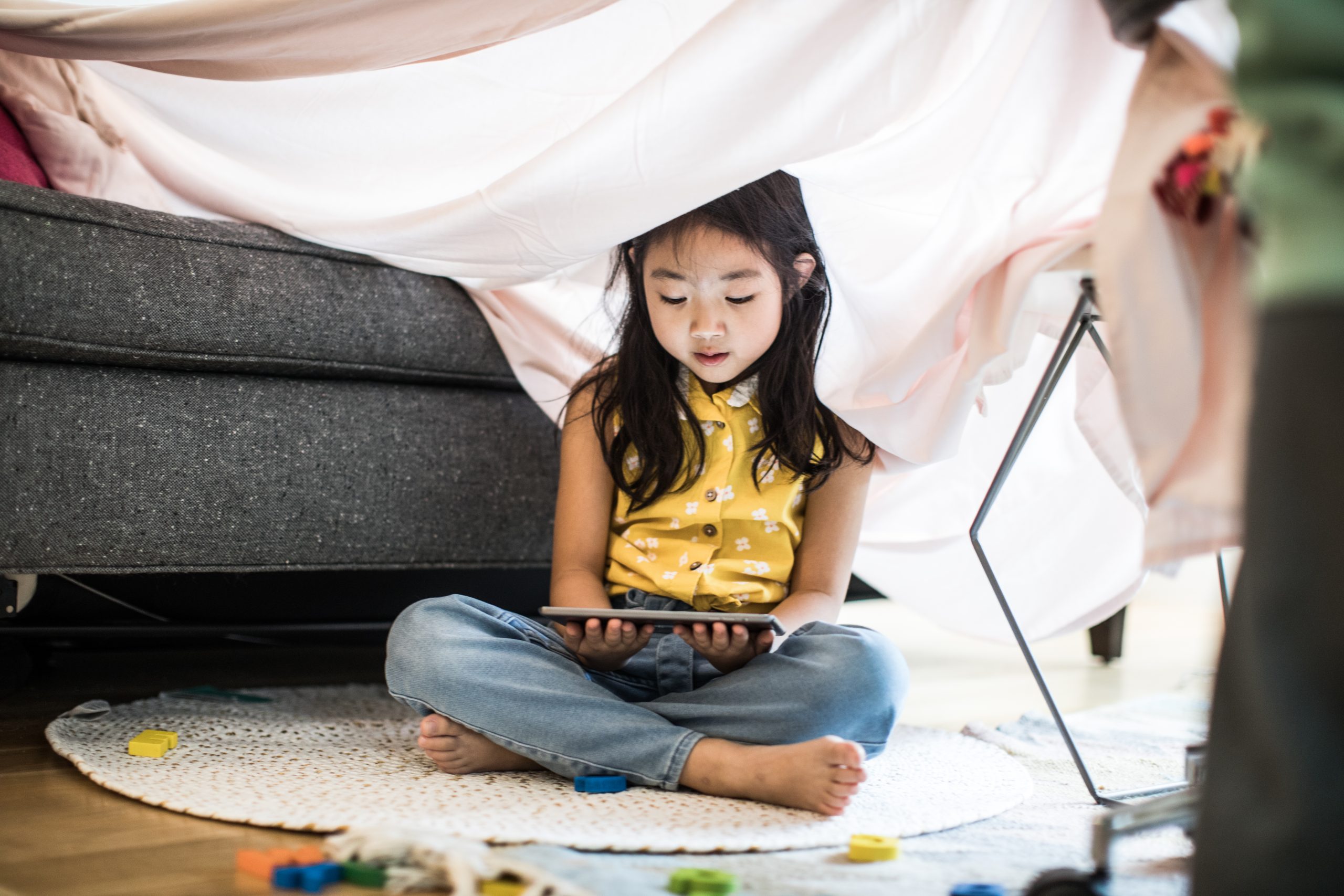
Operating systems and storage
Kids’ tablets typically use one of two operating main systems; Apple or Android. Each operating system has its own app store, which you can access via the tablet or your smartphone to purchase and download games and other content. When buying a tablet for a child, we recommend choosing one that uses the same operating system as your other household devices so that the devices are compatible.
Tablets for kids have different storage capabilities. It’s tempting to try and save money by opting for a tablet with less storage, but you’ll be surprised by how quickly it'll get used up. Kids are likely to get frustrated if they have to keep deleting apps to make space for new ones, so it’s worth paying more for extra storage.
Consider the screen size
Don’t forget to consider the screen size of the tablet you’re thinking of buying. Tablets for kids usually have smaller screens (between seven and 10 inches) than those designed for adults. A tablet with a smaller screen will obviously be a cheaper option but, depending on the age of your child, it is sometimes worth paying a bit more for a tablet with a larger screen. It’s true that little hands will probably find a smaller screen a bit easier to hold but, generally speaking, the bigger the screen, the more satisfying the experience when it comes to watching video content or playing games – especially ones that require little fingers to have good dexterity.
What's the battery life like?
There’s nothing more frustrating than a device dying on you because it’s out of juice. Kids will find this particularly annoying if they are halfway through a game, too. Be sure to check how long a device’s battery life lasts. Research carried out by Consumer Reports found that most kids' tablets have between 7-9 hours of battery after a single charge, however, some models only have around 4 hours. But also note that the more complex the app, the more it will drain the battery. So for older kids, it’s worth getting a tablet with ample battery life.
How heavy is it?
Most parents take their tablets on-the-go, so it’s important to think about how much additional weight you want to transport. If you’re already lugging around a pram, nappy bags or a backpack full of provisions for the day, do you really want a heavy tablet adding to the load? Some kids’ tablets are incredibly lightweight – but these usually come with a more expensive price tag.
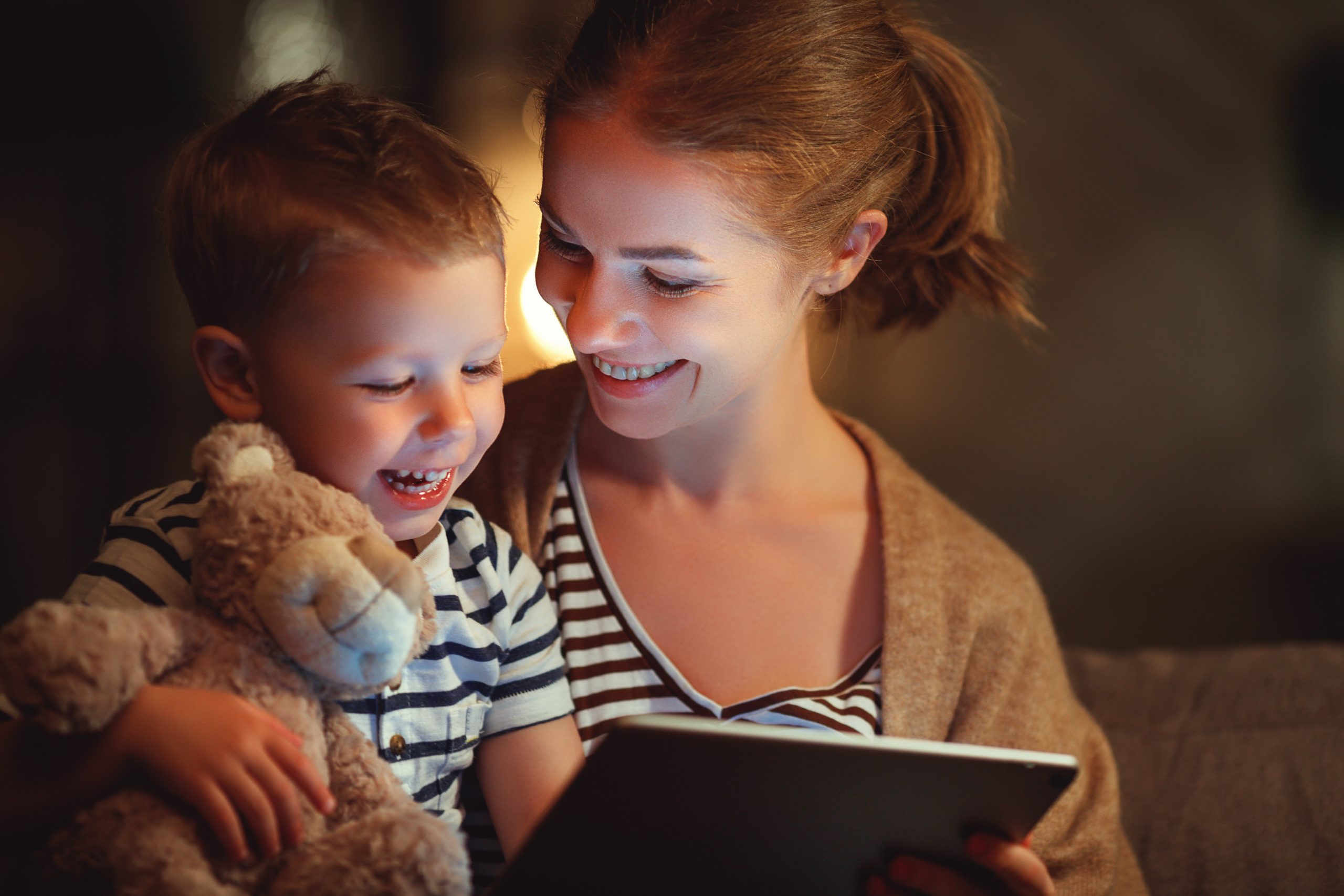
Think about who will use the tablet - and how
If you have multiple children who are planning on using the tablet, it's worth looking into a tablet that has numerous profiles. That way, they can keep their own apps and games separate. However, if sharing a tablet is likely to cause sibling rivalry, getting one for each child could be a more hassle-free option.
If children are sharing a device, it's also important to think about their own individual needs and if a tablet can accommodate them both. For example, an older child might want to watch video content and browse the internet, while a younger child might only need easy-to-use apps.
Think, too, about whether you’re purchasing the tablet to be used for homework and educational purposes or just for fun. Most tablets can handle both scenarios equally well, but it’s a good idea to set a child’s expectations about what the device is primarily to be used for.
Educate yourself (and your child) about internet safety and apps
Tech Consultant Damien O’Shea says: 'Screen time gets a bad rep which, in my opinion, is slightly unfair. Whether you like it or not, the world is digital, and the phenomenon is only set to grow. Pretty much all job roles will require some knowledge of the digital realm, so screen time is somewhat vital for your child. Of course, educating your child on the dangers of the internet it vital.'
O'Shea continues: 'Always ensure that you can access the device through the passcode. Those lengthy terms and conditions that you usually scroll to the bottom of and tick 'accept' mindlessly when downloading an app – you are going to have to start reading them. Children’s apps are fabulous, but you would not drop them off at a play date or at school without asking any questions first – the same logic should be applied to the use of apps. It is vital that the teaching of how data is used is ingrained in children's minds as young as possible.'
For younger children, it’s worth installing a child-safe browser on your tablet to restrict what your child can access online. Turn off location tracking and activity recording, too, and discuss the basics of internet safety with your child in a way that’s appropriate for their age.
Have an idea about parental controls
Don’t ever hand a device to your child without making sure the relevant parental controls are appropriately set up. We’d go so far as to say that it’s irresponsible to give your child a tablet without familiarising yourself with the parental controls first. Via the parental controls, you can limit the things you child can access online, prevent them from being able to make in-app purchases (which can end up costing you a pretty penny) and even set all-important screen-time limits.
Parental controls vary from device to device. Most come with these controls built into the operating system, but it’s worth taking some time to research what features are available and what would suit your family. Kurio devices, for example, have functions where parents can monitor the tablet, access it remotely, and control parts such as the front-facing camera and the volume.
Check the pre-loaded content - and look at the add-ons
Lots of tablets come with pre-loaded content on the device, which is incredibly helpful for setting the product up. However, it’s important to check that the content is age-appropriate for your child. Also double-check that the software that is already installed is not just a trial version that you will have to pay to keep or upgrade to the next level. Most of the information can be found online, or simply ask at the shop before you purchase.
Many kids’ tablets come with exceptional adds-ons. Some can be bought with free subscription services while others can be purchased in bundle deals with other electronics. These offers make your money last longer so it’s worth having a shop around to see which retailers are offering different deals. It might take a bit of time to research, but you’ll save money in the long-run.
Agree on screen time limits in advance
Before you purchase a tablet, it's good to be on the same page as your kids about how often they will be allowed to use it - especially as studies have revealed too much screen time can lead to depression. Computer security company McAfee advises: 'Think about what an average day looks like and the most likely times your child will want to be on a device. Discuss why and when your family should be screen-free, and work together to agree cut-off times for devices.'
GoodtoKnow Newsletter
Parenting advice, hot topics, best buys and family finance tips delivered straight to your inbox.

Heidi is a seasoned parenting journalist with over 15 years of experience. She has contributed to numerous UK national newspapers, including The Guardian, The Times, and The Telegraph. Her work has also appeared in a variety of print and digital magazines, such as Psychologies and Mother & Baby, where she was Shopping Editor for six years. In this role, she specialised in consumer features, including buying guides and baby gear reviews. Heidi is also a mum of three.
-
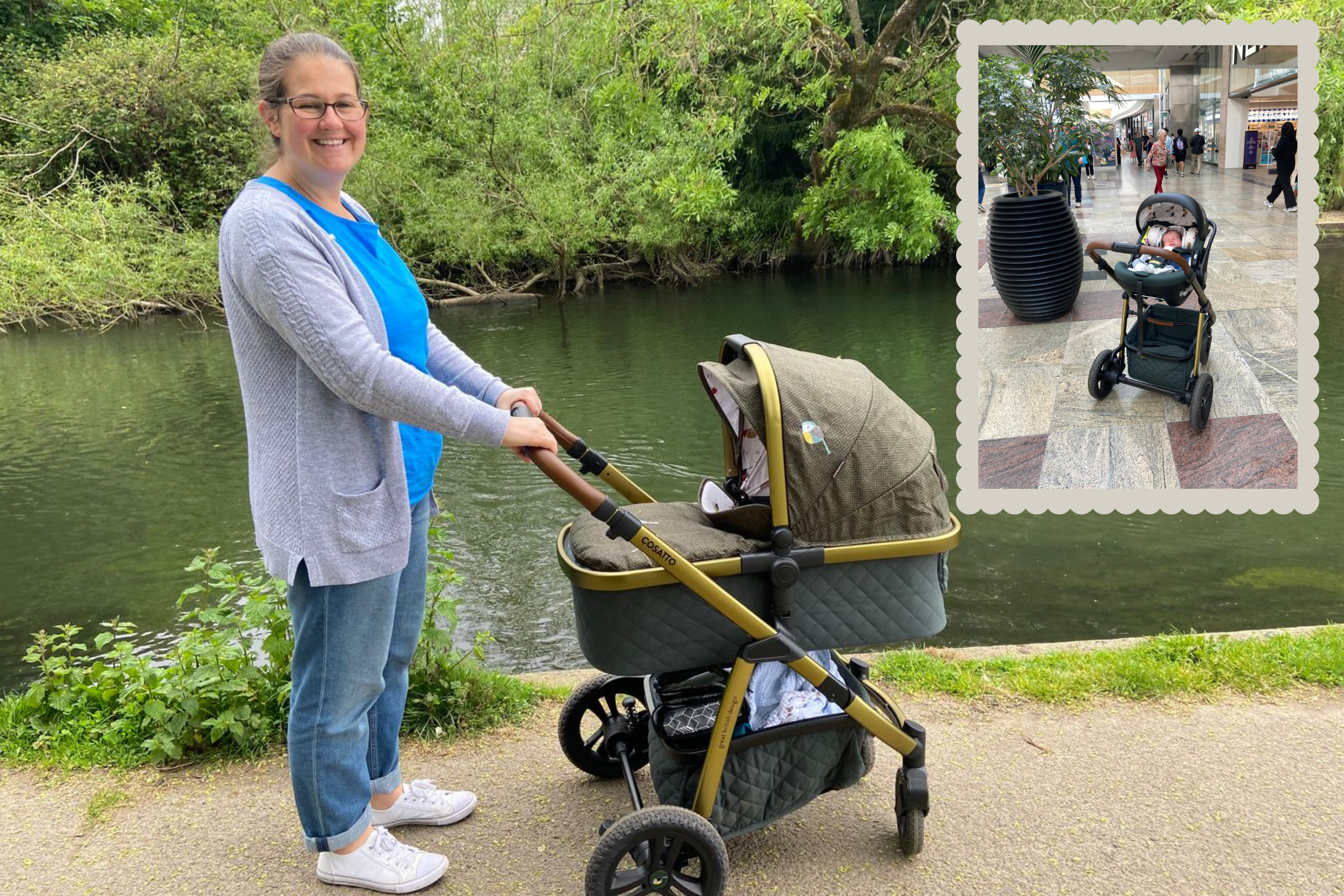 Cosatto Wow 3 hands-on review: practical, beautiful and comfortable - wow!
Cosatto Wow 3 hands-on review: practical, beautiful and comfortable - wow!A versatile travel system with a newborn carrycot, upright pushchair seat and a compatible car seat - everything you need in one stylish package
By Heidi Scrimgeour Published
-
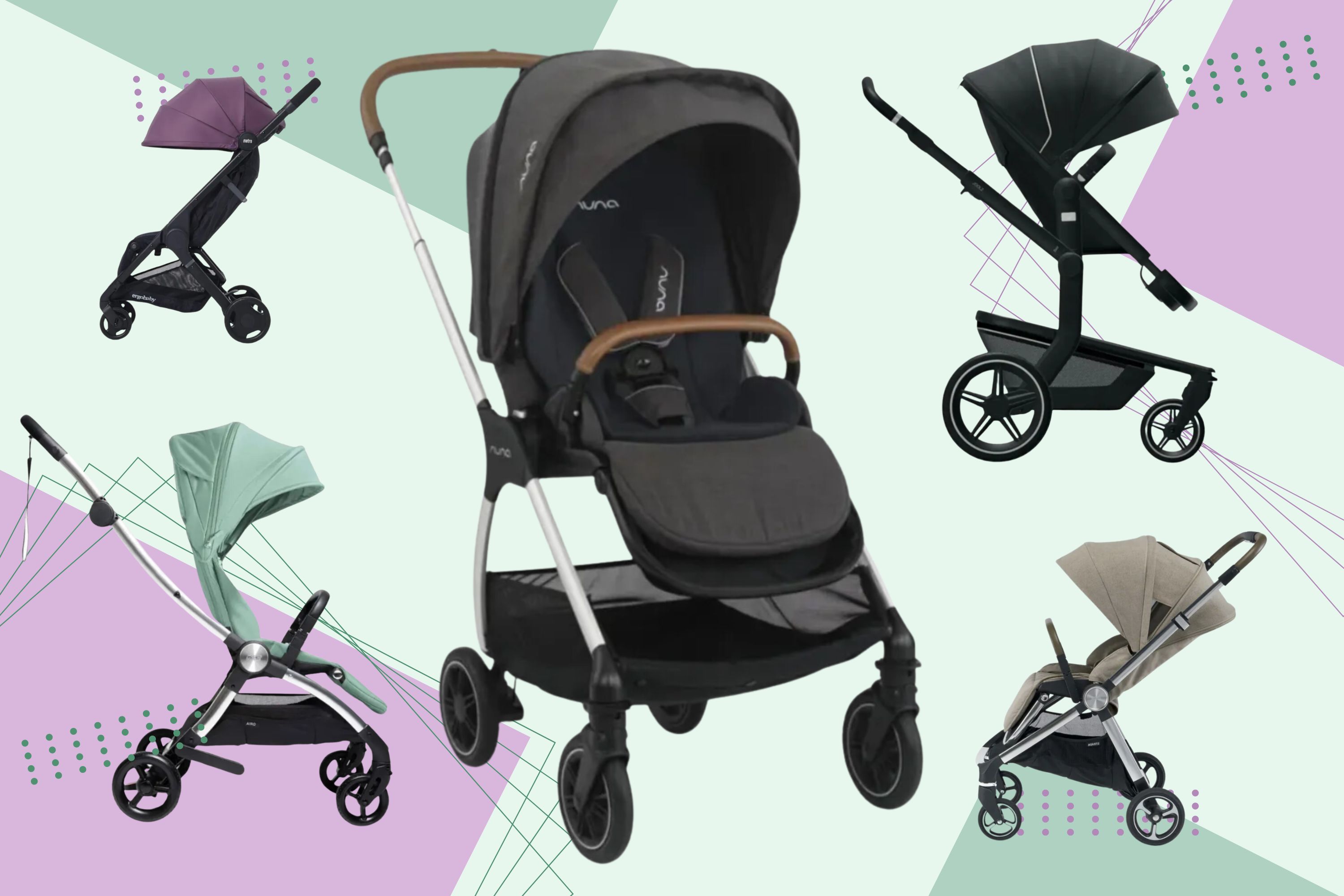 14 of the best pushchairs to buy in 2024: buggies and strollers for growing toddlers reviewed
14 of the best pushchairs to buy in 2024: buggies and strollers for growing toddlers reviewedWe asked a panel of parents to put the latest pushchairs to the test - here's what they thought
By Heidi Scrimgeour Published
-
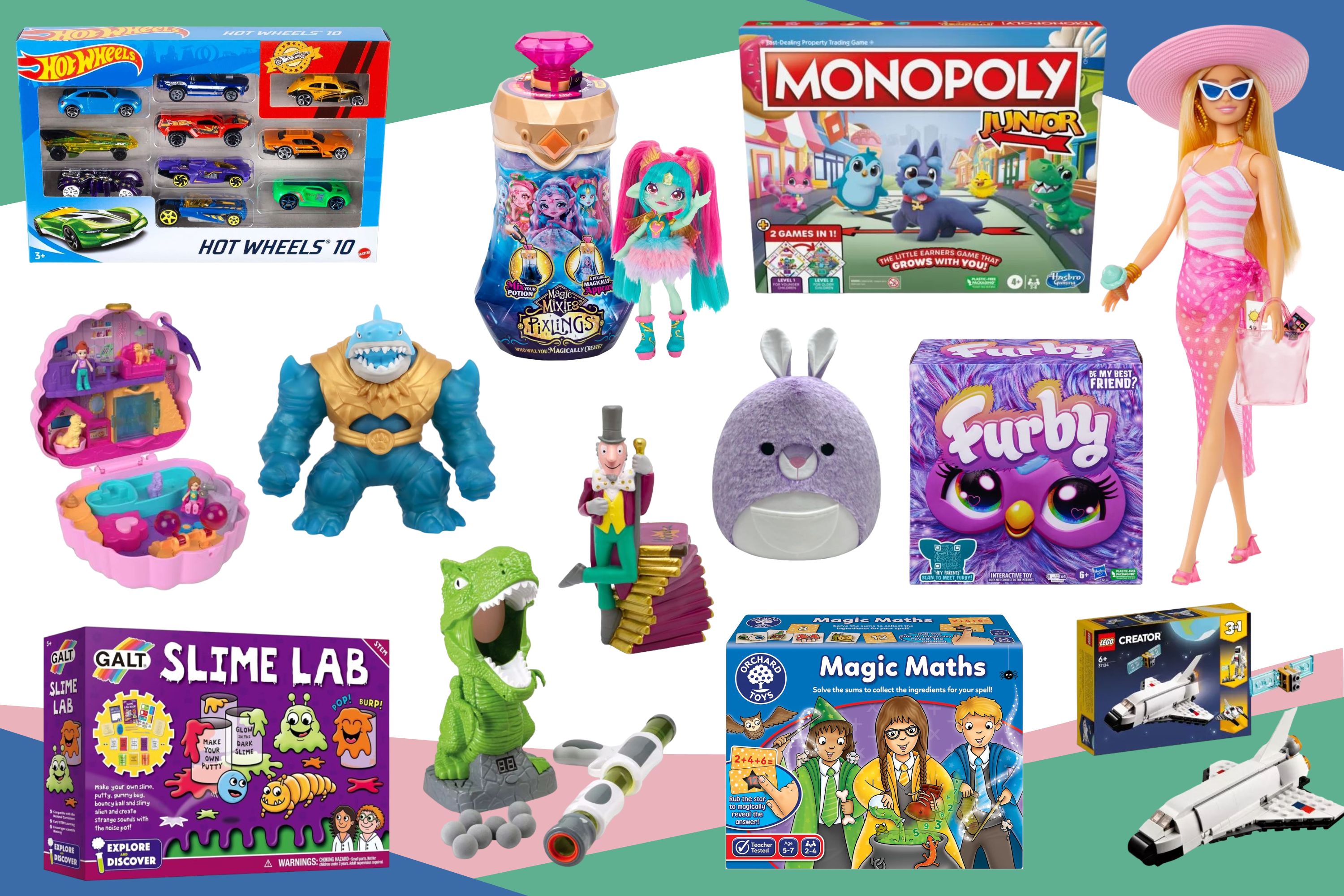 Best toys for 6 year olds 2025: 45 age-appropriate gift ideas from just £6.99
Best toys for 6 year olds 2025: 45 age-appropriate gift ideas from just £6.99From Barbie to slime, and from educational to creative, these top toys for six-year-olds are sure to be a big hit
By Sarah Handley Published
-
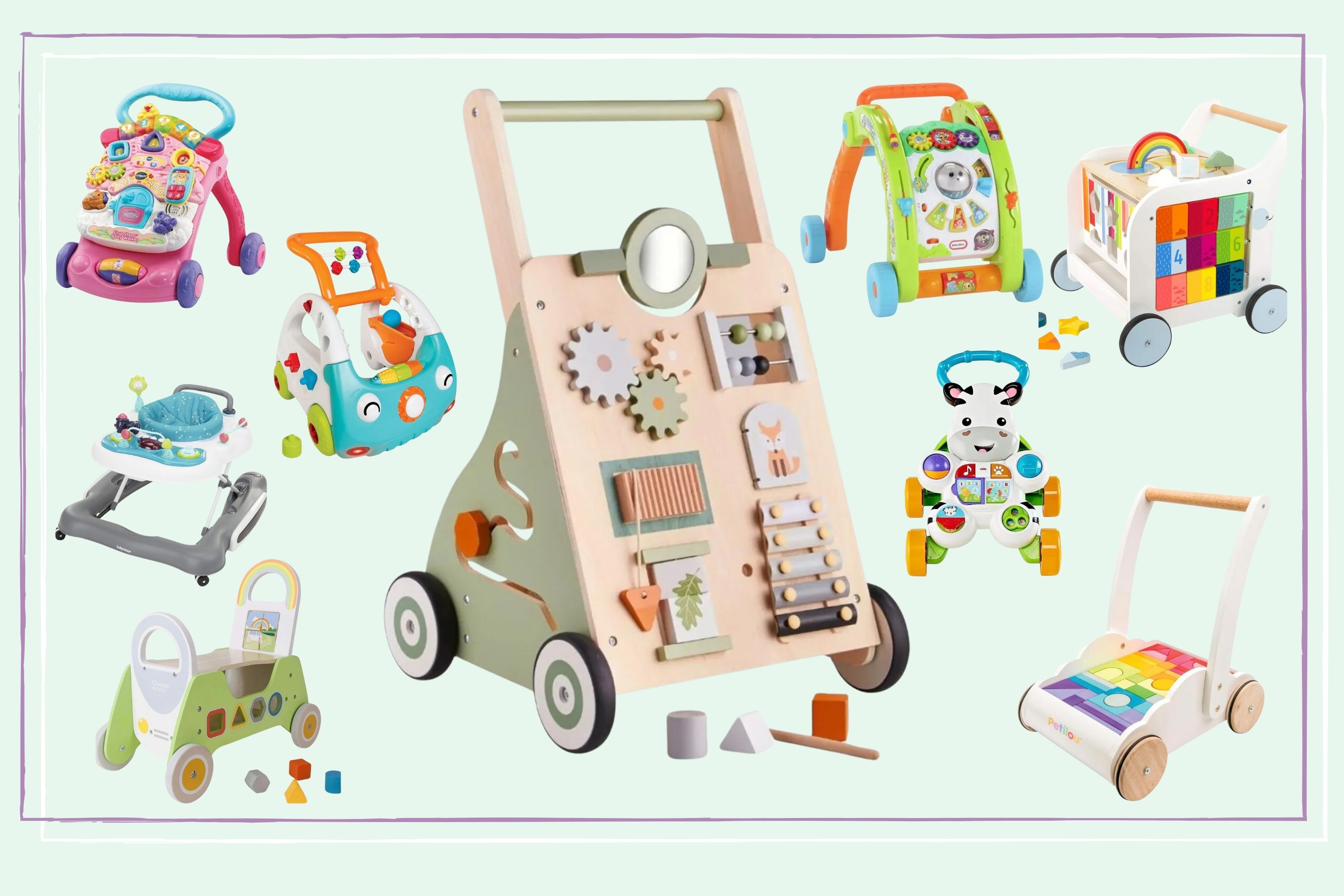 The best baby walkers to buy in 2025: 9 top tried and tested push toys for girls and boys
The best baby walkers to buy in 2025: 9 top tried and tested push toys for girls and boysThe best baby walkers are sturdy and stable — here are the top-rated options that made the cut according to parent testers
By Heidi Scrimgeour Published
-
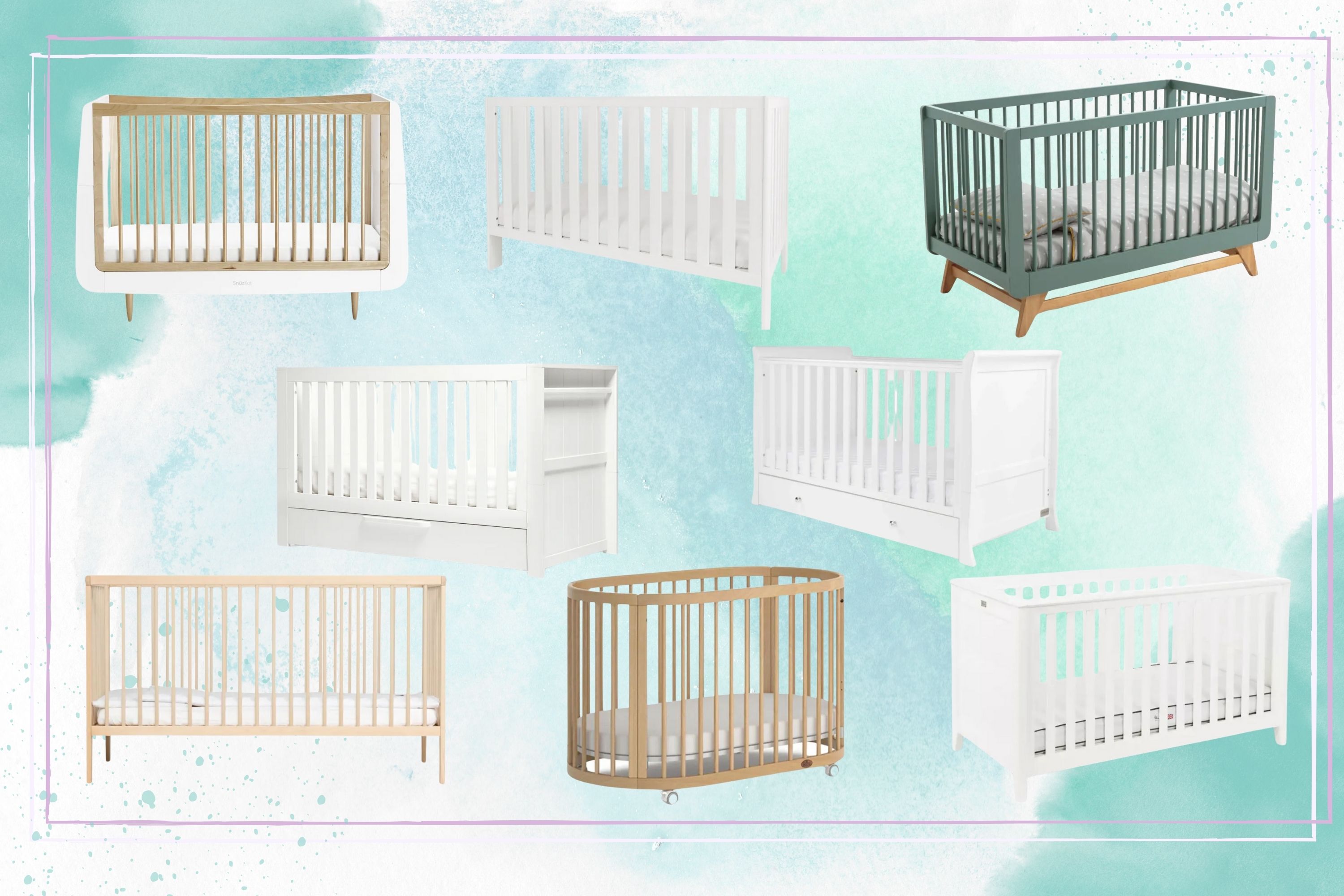 Best cot beds in 2024: 12 sleep solutions, all tried and tested by babies and toddlers
Best cot beds in 2024: 12 sleep solutions, all tried and tested by babies and toddlersDiscover the best cot bed for your baby based on our tried-and-tested parent reviews
By Heidi Scrimgeour Published
-
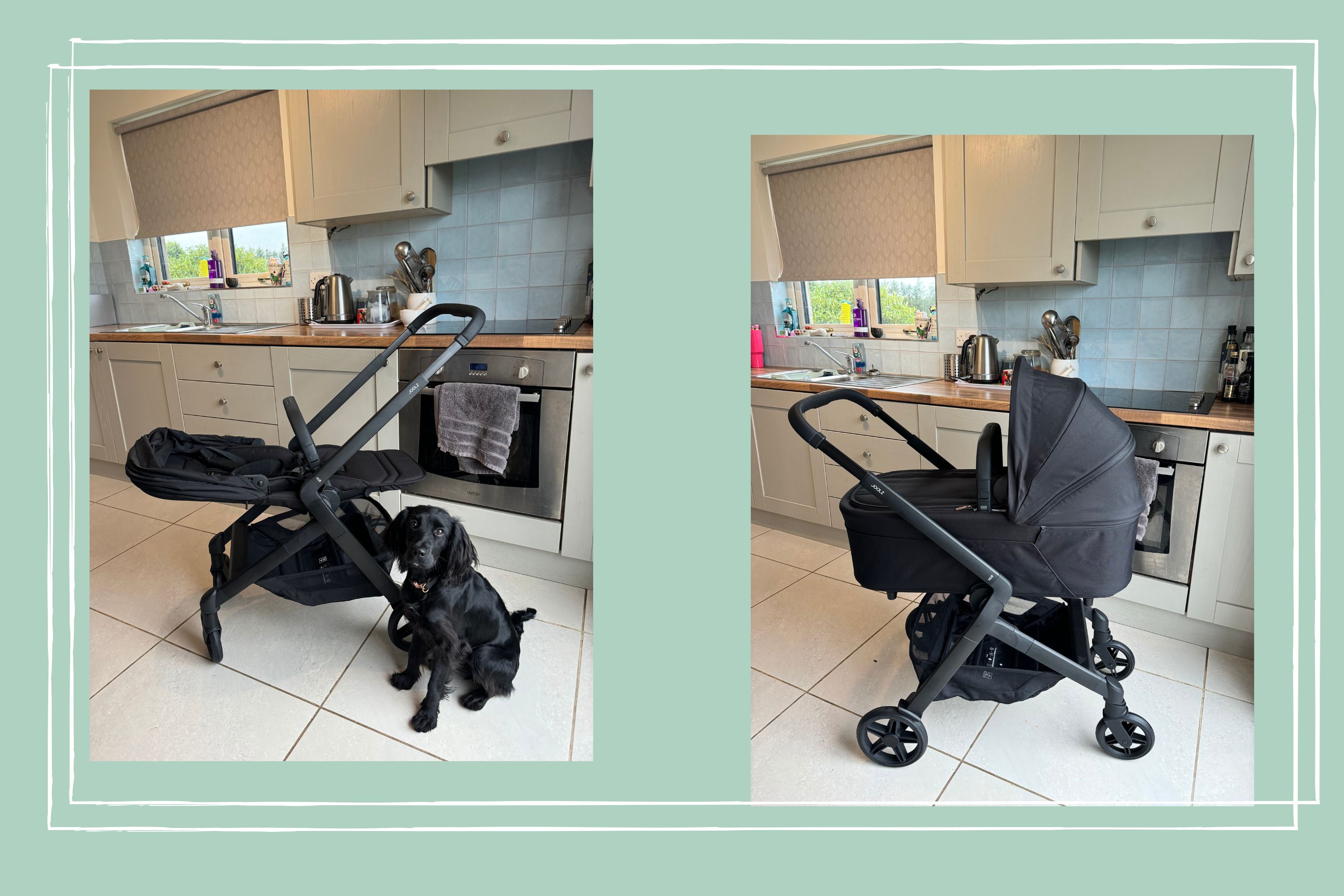 First Look: the new Joolz Hub² is the urban stroller I wish I had when my lads were little
First Look: the new Joolz Hub² is the urban stroller I wish I had when my lads were littleJoolz, the premium pushchair brand, launches its latest masterpiece today - and we got an exclusive early first look
By Heidi Scrimgeour Published
-
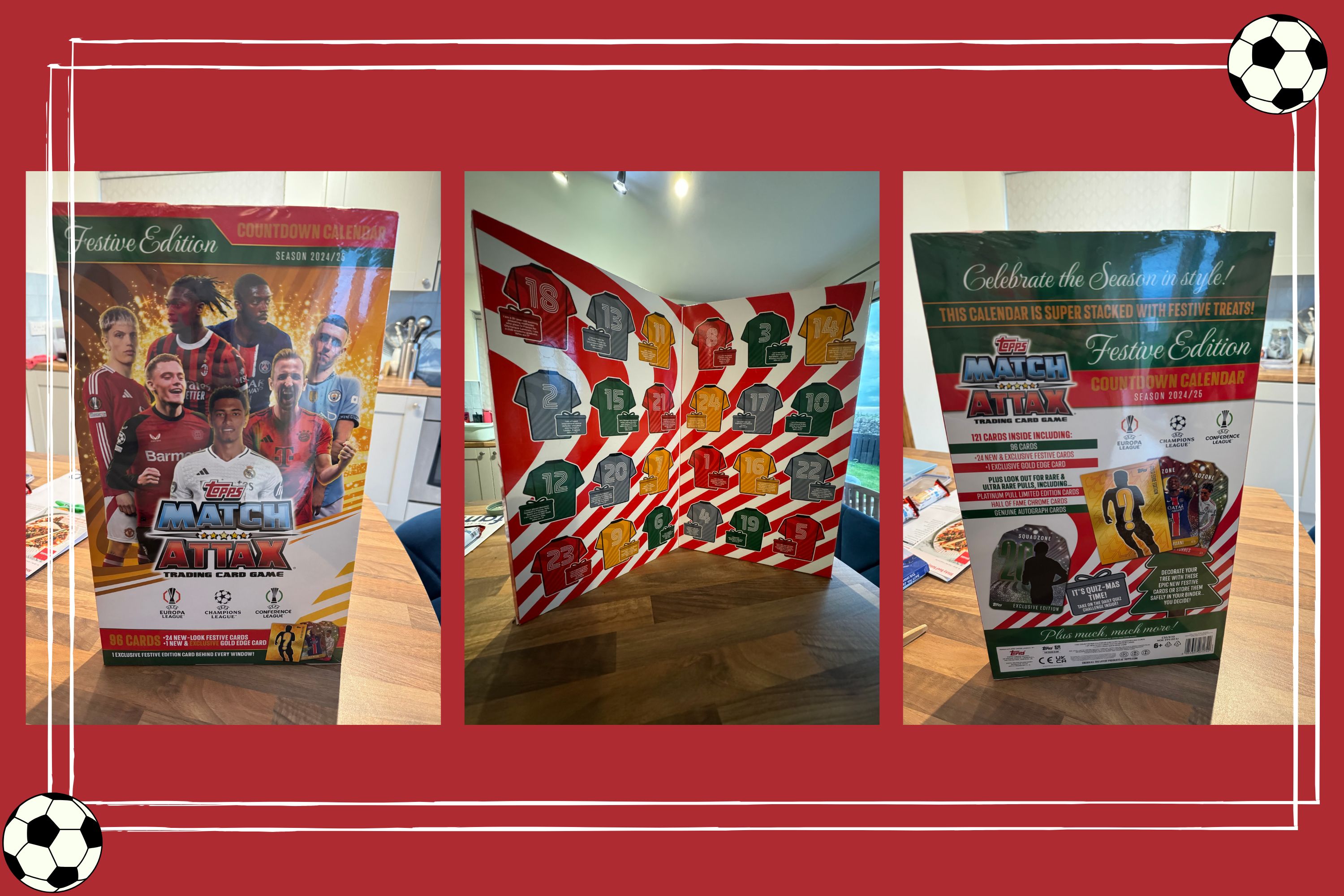 First Look: Match Attax Advent Calendar
First Look: Match Attax Advent CalendarWe recently got our hands on this year's festive must-have for footie fans. It's safe to say our 11-year-old tester (and a total baller) was absolutely thrilled.
By Heidi Scrimgeour Published
-
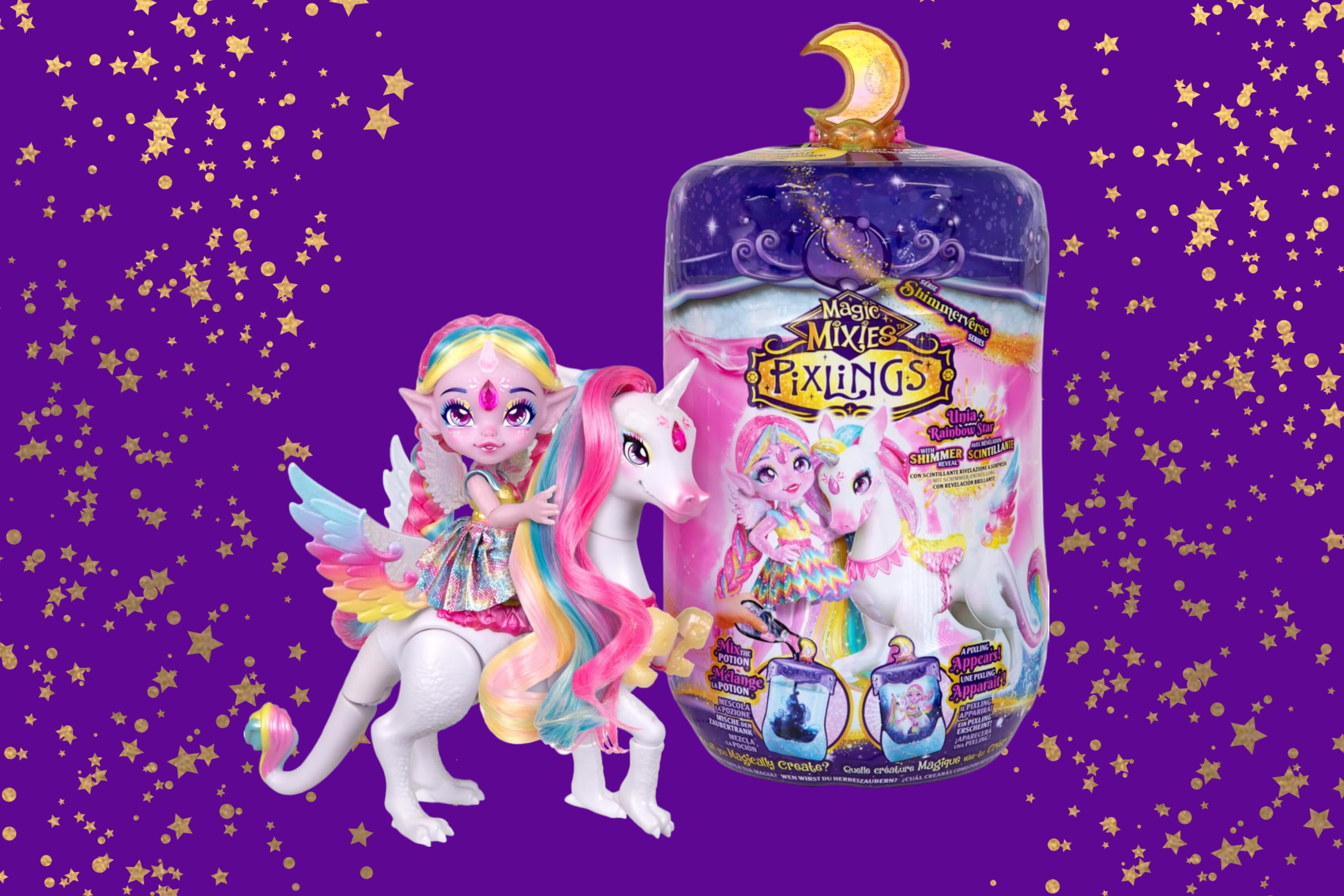 Shimmerverse Pixlings Pegacorn review: this toy might involve a mystery reveal, but it's the doll and her pet that are the real magic
Shimmerverse Pixlings Pegacorn review: this toy might involve a mystery reveal, but it's the doll and her pet that are the real magicFind out how this new Magic Mixies toy faired when tested by our parent tester Punteha and her eight-year-old daughter
By Sarah Handley Published